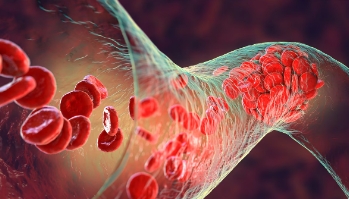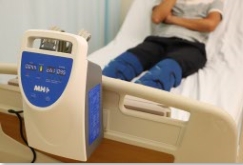- Time:2023.05.18
- Browse:1588
Deep Vein Thrombosis, commonly known as DVT, is a medical condition characterized by the formation of blood clots within the deep veins of the body, most commonly in the legs. It is a potentially serious condition that can lead to complications if not detected and treated promptly.
The development of a blood clot in the deep veins can obstruct or partially block the normal flow of blood. If the clot breaks free, it can travel through the bloodstream and lodge in the lungs, causing a pulmonary embolism, which is a life-threatening condition.
DVT can affect individuals of any age, but certain factors increase the risk. Prolonged immobility, such as during long-distance travel or bed rest after surgery, can contribute to the development of blood clots. Additionally, conditions like obesity, cancer, pregnancy, and a family history of blood clots may also increase the likelihood of DVT.
Symptoms of DVT may vary, and some individuals may not experience any noticeable signs. However, common indications include swelling, pain, tenderness, warmth, and redness in the affected leg. It is essential to seek medical attention if these symptoms arise, as early diagnosis and treatment can prevent further complications.
Diagnostic methods for DVT typically involve a combination of physical examinations, imaging tests such as ultrasound, and blood tests to evaluate clotting factors. Treatment options include blood-thinning medications to prevent the growth of existing clots and prevent new ones from forming. In some cases, medical procedures such as thrombolytic therapy or placement of a vena cava filter may be necessary.
Prevention plays a crucial role in managing DVT. Staying physically active, maintaining a healthy weight, avoiding prolonged periods of immobility, and wearing compression stockings can help reduce the risk of developing blood clots.
In this article, we will delve deeper into the causes, symptoms, diagnosis, treatment, and prevention strategies for Deep Vein Thrombosis. It is important to remember that while this information provides a general understanding of the condition, it is not a substitute for professional medical advice. If you suspect you may have DVT or have concerns, consult a healthcare professional for an accurate diagnosis and appropriate guidance.
MedHealth Medical Limited, professional manufactuerer of compression foot sleeves, calf sleeves, thigh sleeves and DVT pumps which prevents deep vein thorombosis.










